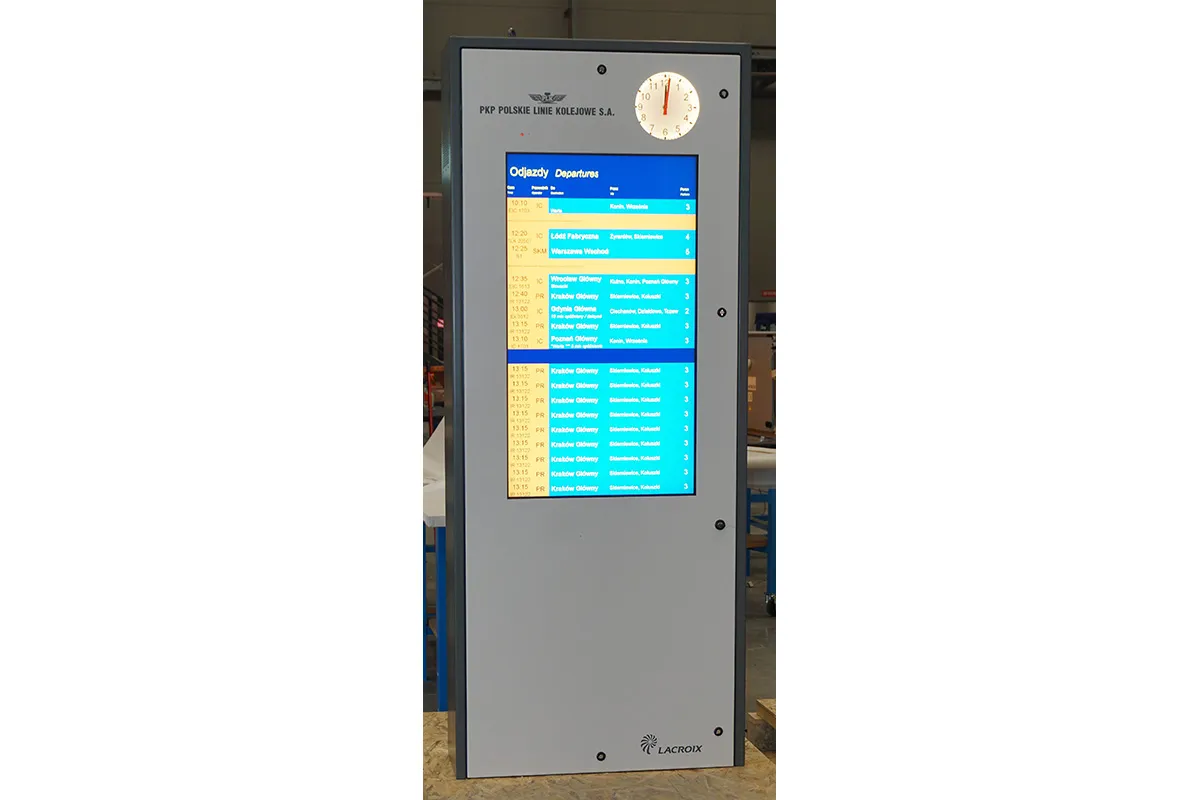Swarco’s full matrix driver information signs are now being installed for the first time across the Transport for London (TfL) strategic route network.
The full colour signs, which are fully programmable and deliver high levels of clarity, energy efficiency and life expectancy, have been integrated with TfL’s proprietary controls, making them compatible with the London driver information system and utilising the existing radio communications network.
November 30, 2015
Read time: 2 mins
The full colour signs, which are fully programmable and deliver high levels of clarity, energy efficiency and life expectancy, have been integrated with TfL’s proprietary controls, making them compatible with the London driver information system and utilising the existing radio communications network.
Swarco is working with TfL’s Traffic Control Management Service contractors to help upgrade and modernise the capital’s roadside infrastructure. The first batch of seven signs has been installed on several major arterial routes, including the A40 Westway and the A406 Hangar Lane gyratory in northwest London. A similar number are in the pipeline for installation in the coming months.
Jeremy Cowling, managing director of Swarco Traffic says that the new generation signs have full integration capabilities: “Having the ability to easily integrate with TfL’s existing or proprietary software means that where and how the signs are used and installed is virtually limitless and protects their legacy investment.”









